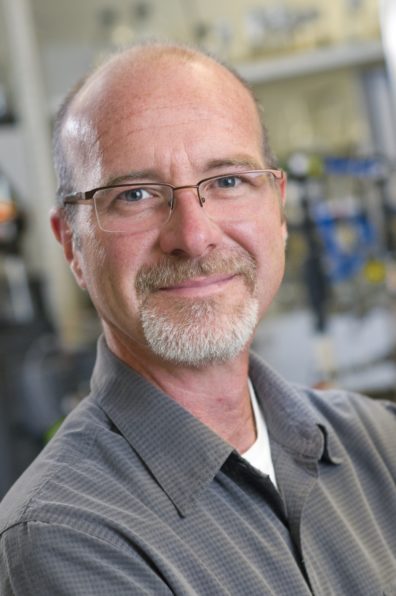Chemistry Seminar – John W. Peters
Friday, October 22 at 1:30 PM in ILC 118
Understanding [FeFe]-Hydrogenase Structure and Catalysis
The first structure of an [FeFe]-hydrogenase, [FeFe]-hydrogenase I from Clostridium pasteurianum, was determined in the late 90’s laying the groundwork for a range of biochemical, biophysical, synthetic, and theoretical work. The structural work from our group and the Fontecilla-Camps group in Grenoble opened the door for new experiments connecting electronic structure derived from various spectroscopic approaches and physical structure beginning to unravel the key structural determinants of catalysis and providing the first implications of the structural changes that occur during the transitions in oxidation state that occur during catalysis. The ability to capture and characterize the carbon monoxide inhibited state and photolytically release inhibitory carbon monoxide in an x-ray experiment provided key insights into how the unique architecture of [FeFe]-hydrogenase H-cluster maintained a key ligand exchangeable site essential for catalysis. The structures provided an instrumental foundation for resolving ambiguities in the composition of the H cluster and the features of H cluster assembly and [FeFe]-hydrogenase maturation. As the technology for collecting x-ray diffraction has advanced so has our ability to glean mechanistic insights from structures. Combining atomic resolution structural analysis with data collected at the Linear Coherent Laser Source at Stanford we reveal for the first time oxidation state rearrangements of key H cluster amino acid secondary interactions that appear to be of key importance to reactivity and directional catalytic bias.
About the presenter

Dr. John W. Peters
Professor and Director
Institute of Biological Chemistry
Washington State University